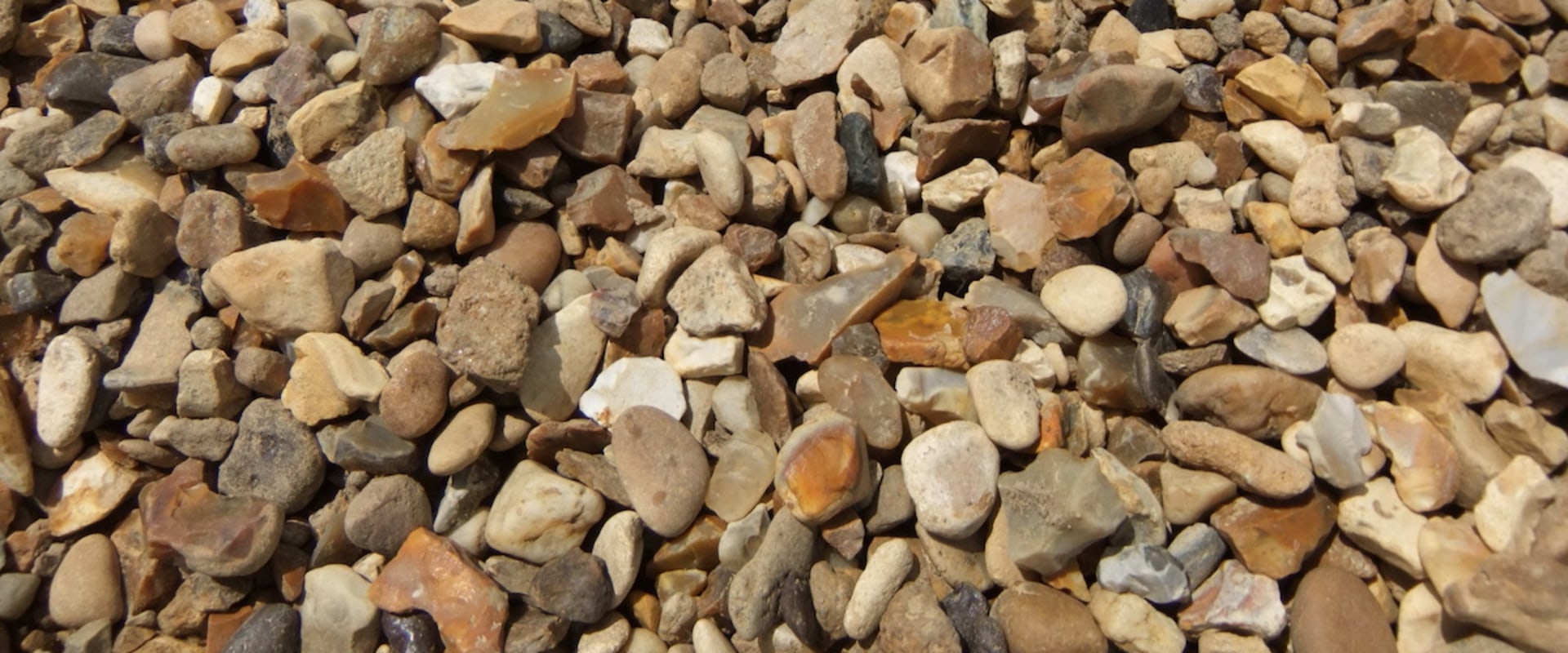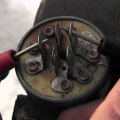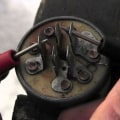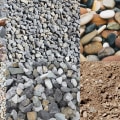Aggregates are granular materials, such as sand, gravel, crushed stone, crushed hydraulic cement concrete, or iron blast furnace slag, that are used with a hydraulic cementing medium to produce concrete or mortar. Aggregates can be classified into two main categories: coarse-grained and fine aggregates. The sieve analysis technique is used to determine the gradation of aggregates for various applications. Standard or normal aggregates include gravel, sand, and crushed stone.
A reliable aggregate supplier can provide the perfect selection of aggregates for a project, ensuring that they meet the quality requirements for concrete mix. Aggregates are used for their economic factor, to reduce cracks and to provide strength to the structure. Aggregates can be derived from igneous, sedimentary or metamorphic bedrock. Angular aggregates have better interlocking properties in concrete that contribute to the strength of the concrete.
Rounded aggregates have a partially natural shape and are available in the form of pit sands and gravel. Aggregates make up about 70-80% of the total volume of concrete. Recycled concrete aggregate is made primarily of crushed concrete while recycled aggregate contains substantial quantities of materials other than crushed concrete. Knowing the different classifications of aggregates is important when planning a concrete construction project.
Lightweight and ultra-light aggregates are more porous than their heavier counterparts and can be used in green roof construction, for example.




Leave a Comment